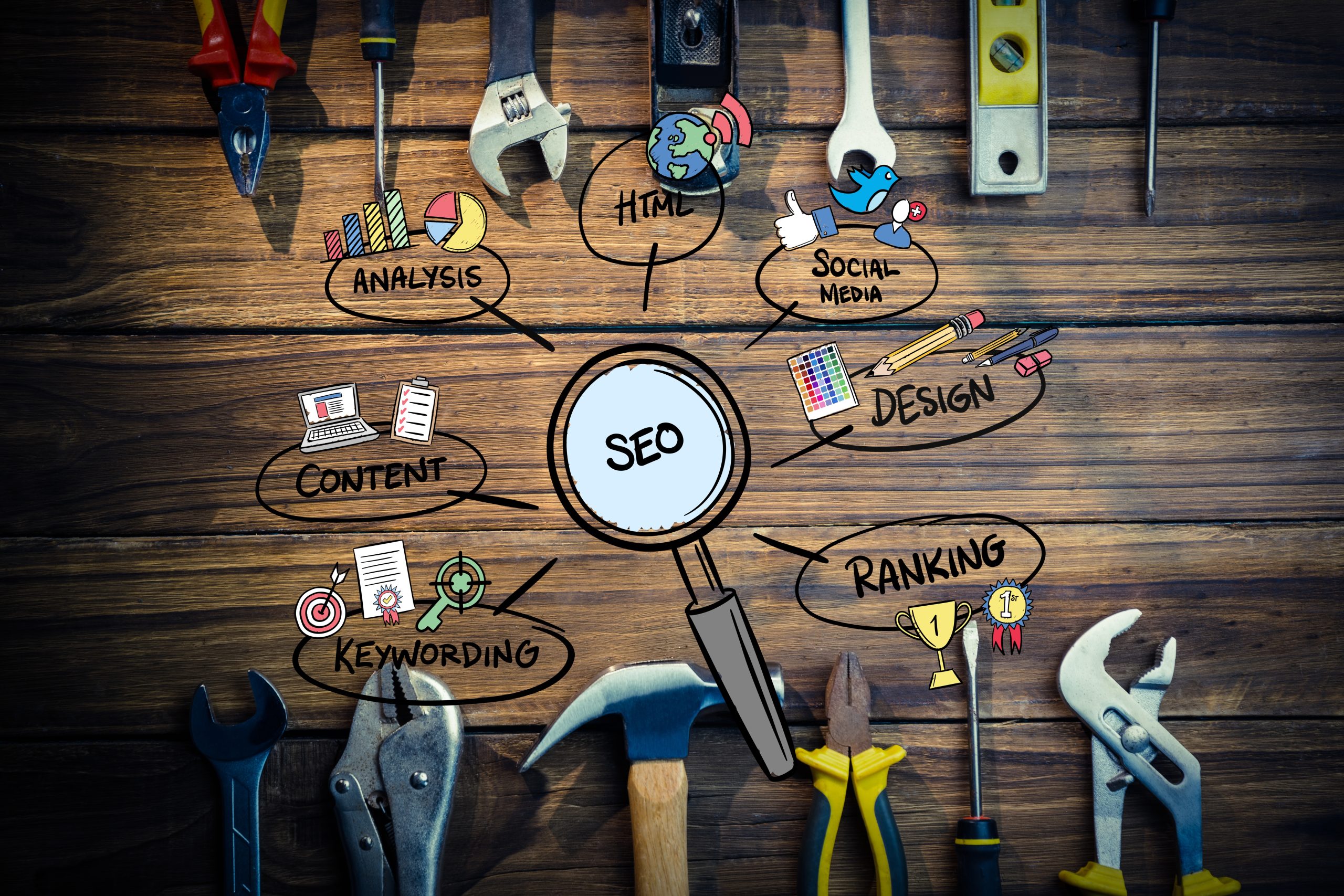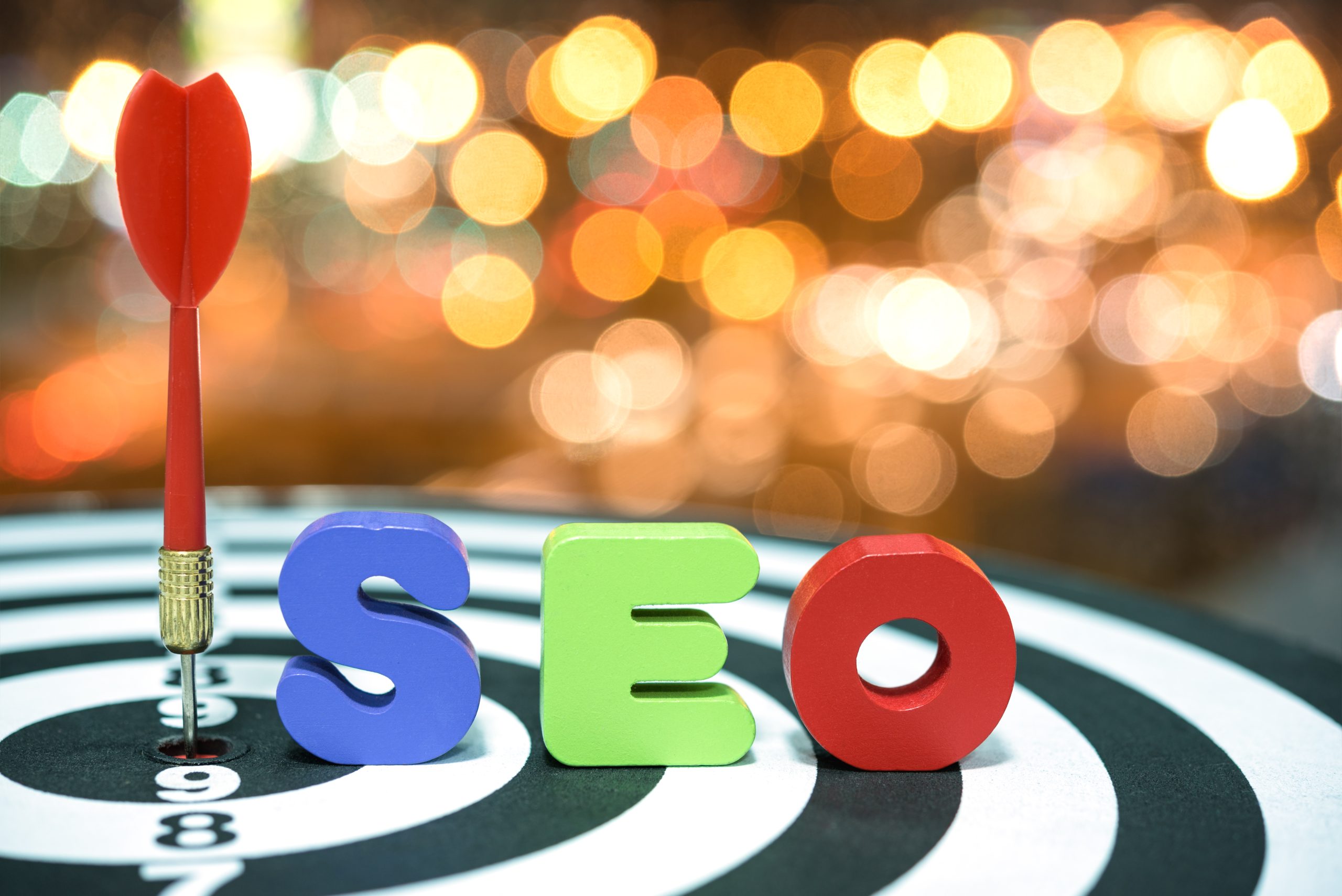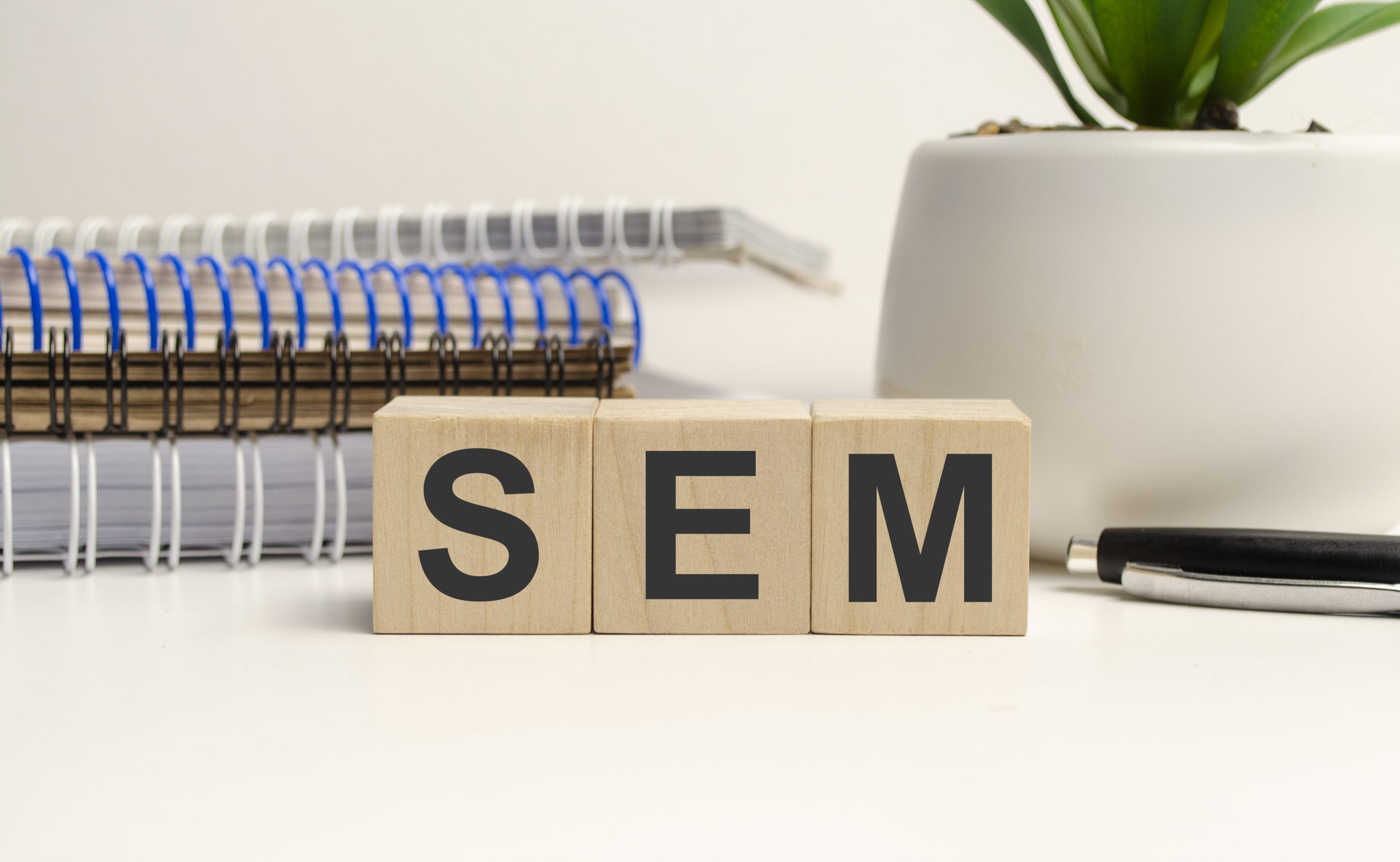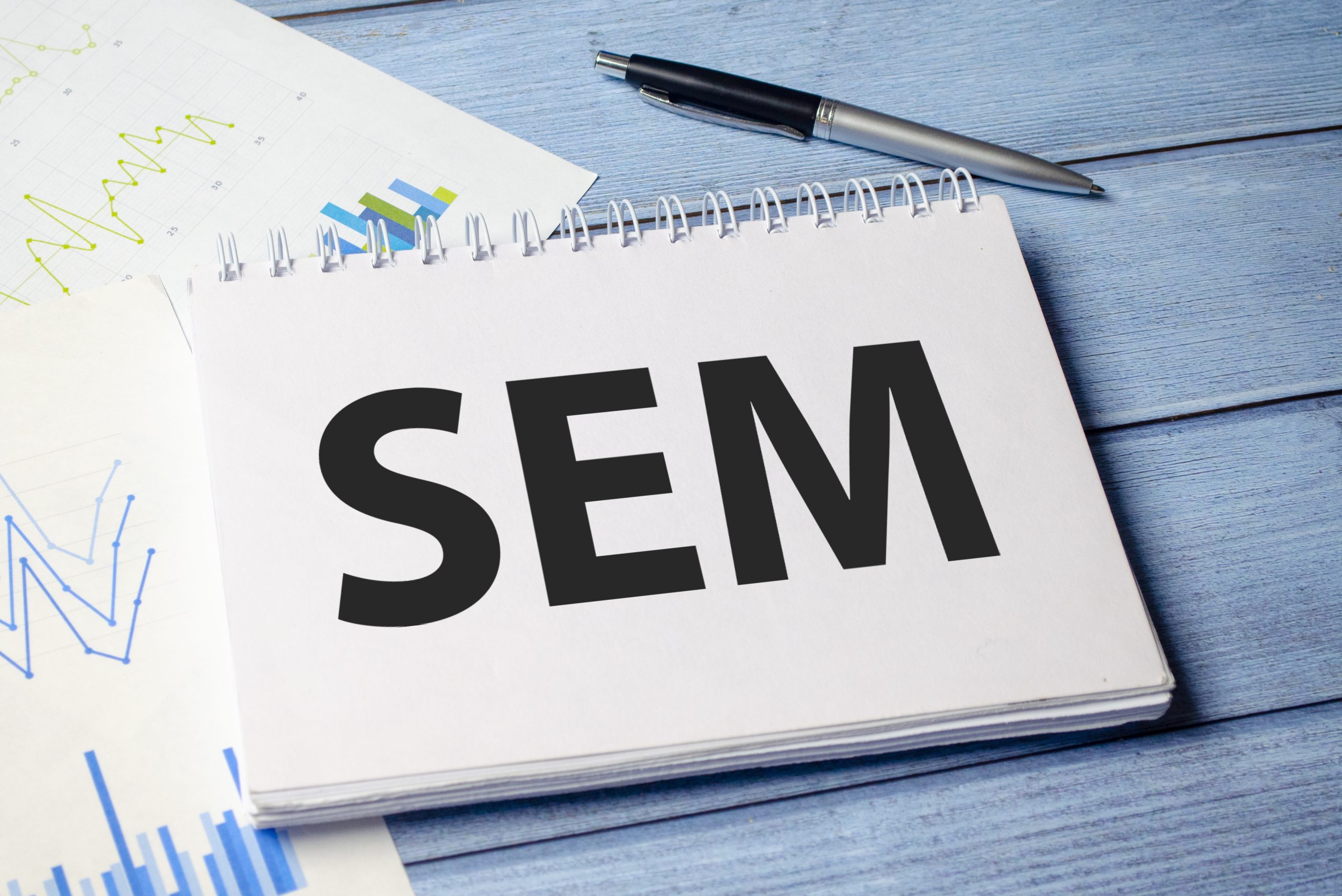
SEO vs SEM: Which is Right for Your Business?
In today’s competitive digital landscape, businesses are constantly seeking ways to boost their online presence and attract potential customers. Two of the most prominent strategies are Search Engine Optimization (SEO) and Search Engine Marketing (SEM). While both approaches aim to increase visibility on search engines like Google, they differ in methods, costs, and long-term impact. Understanding these differences will help you determine which is the right fit for your business.

What is SEO?
SEO is the practice of optimizing your website and content to rank higher in organic (unpaid) search results. SEO strategies focus on improving the relevance and authority of your site, making it more appealing to search engine algorithms. The main components of SEO include:
- On-Page Optimization – Improving individual pages by optimizing keywords, meta tags, titles, and content structure.
- Technical SEO – Ensuring that your website is technically sound, including aspects like page speed, mobile-friendliness, and proper indexing.
- Content Creation – Developing high-quality, valuable content that answers users’ questions and satisfies search intent.
- Link Building – Earning backlinks from reputable websites to increase your site’s authority.
Benefits of SEO:
- Long-Term Results: Once your site ranks well, it can maintain its position with regular maintenance and updates.
- Cost-Effective: SEO doesn’t involve paying for ad placements. While there are costs for optimization, you aren’t charged for clicks or impressions.
- Increased Credibility: Organic results are often perceived as more trustworthy by users compared to paid ads.
Drawbacks of SEO:
- Time-Consuming: SEO can take months to show results, especially for highly competitive keywords.
- Constant Updates: Search engine algorithms are constantly evolving, requiring ongoing effort to maintain rankings.

What is SEM?
SEM, on the other hand, is a paid strategy that involves placing ads on search engine result pages (SERPs). The most common form of SEM is Pay-Per-Click (PPC) advertising, where businesses bid on keywords and pay each time someone clicks on their ad. The most well-known SEM platform is Google Ads, but similar systems exist on Bing and other search engines.
SEM includes:
- Keyword Bidding – Competing with other advertisers to place your ad on search results for specific keywords.
- Ad Copy Optimization – Creating compelling and targeted ads to attract users to click.
- Landing Pages – Designing dedicated landing pages that are relevant to your ads and optimized for conversions.
Benefits of SEM:
- Immediate Results: Once your campaign is live, your ads can appear on the first page of search results within minutes.
- Targeted Reach: SEM allows you to target users based on location, demographics, interests, and even the time of day.
- Control Over Budget: You can set a daily budget and control your ad spend, ensuring that you never exceed your financial limits.
Drawbacks of SEM:
- Costly: Depending on your industry and the competition for certain keywords, SEM can become expensive, especially for small businesses.
- Temporary: Once you stop paying for ads, your visibility disappears instantly.
- Ad Fatigue: Users may begin to ignore ads over time, reducing the click-through rate (CTR) of your campaigns.

Which is Right for Your Business?
The choice between SEO and SEM depends on several factors, including your business goals, budget, and timeframe for results.
- Timeframe:
- If you’re looking for immediate visibility, SEM is the way to go. It can drive traffic to your website almost instantly.
- If you’re aiming for sustainable, long-term growth, SEO is a better investment. Though it takes longer to see results, it can provide ongoing organic traffic without the need for continuous ad spend.
- Budget:
- For businesses with a limited budget, SEO can be more cost-effective in the long run, as you’re not paying for clicks.
- If you have a larger budget and want fast results, SEM can give you immediate access to top search results.
- Industry Competition:
- In highly competitive industries, ranking organically through SEO can be difficult and time-consuming. In such cases, SEM might offer a more reliable way to gain visibility.
- For less competitive markets, SEO can be a more effective strategy, as it’s easier to rank higher without paying for ads.
- Goals:
- If your goal is to build brand authority and gain credibility, SEO is ideal, as users tend to trust organic results.
- If you want to generate immediate leads or drive traffic to a specific campaign or event, SEM will deliver faster results.
Conclusion
Both SEO and SEM are valuable tools for increasing your online presence, but they serve different purposes. Ideally, a combination of both strategies will yield the best results. SEO can build a strong foundation for your long-term online presence, while SEM can provide immediate results when needed. Evaluate your goals, budget, and competitive landscape to make the right choice for your business.

